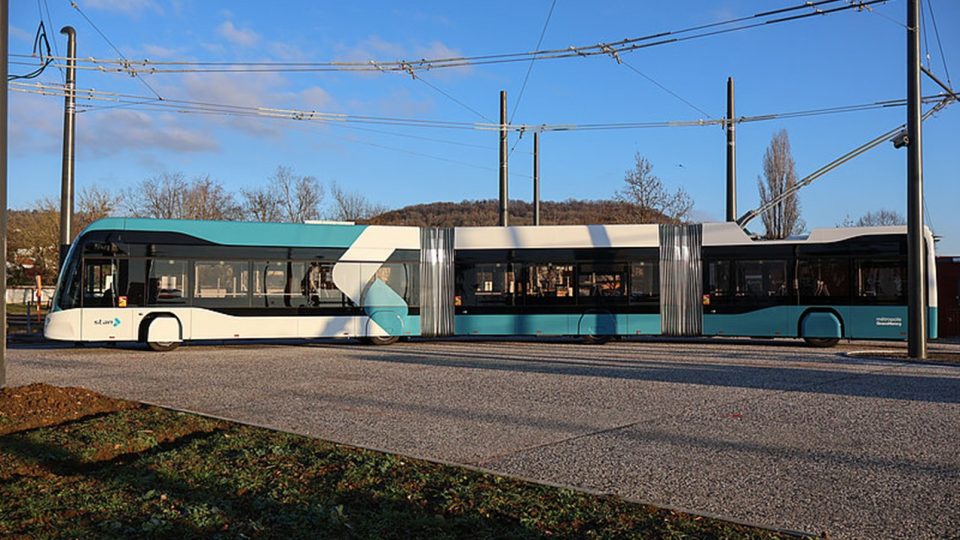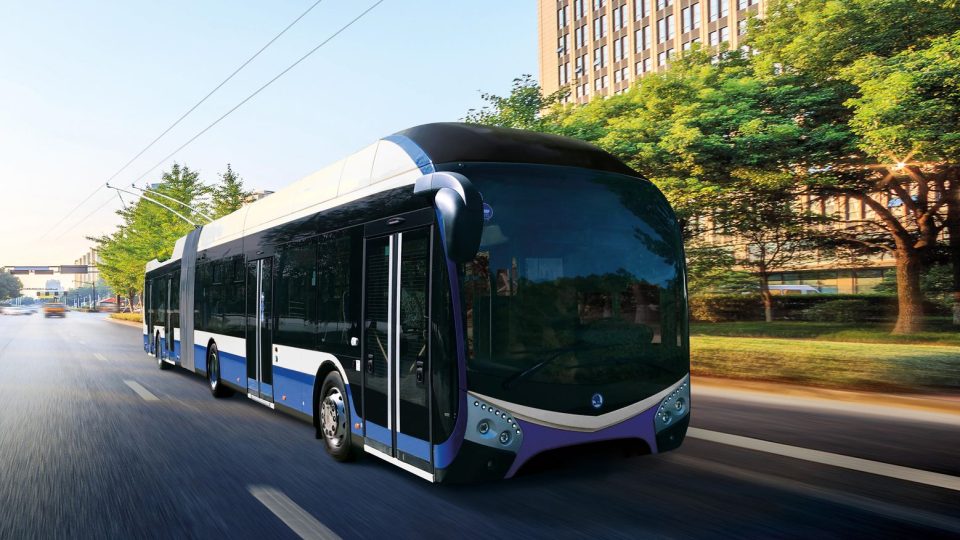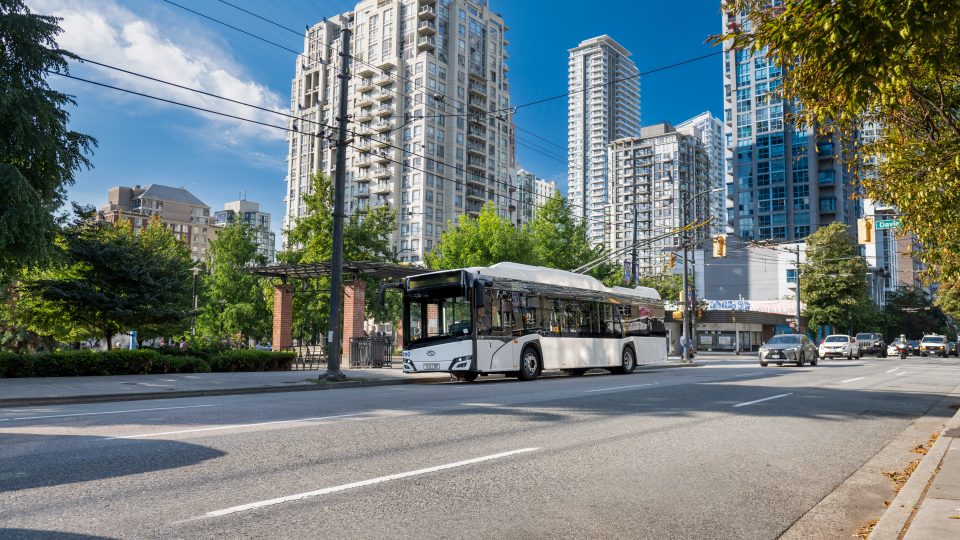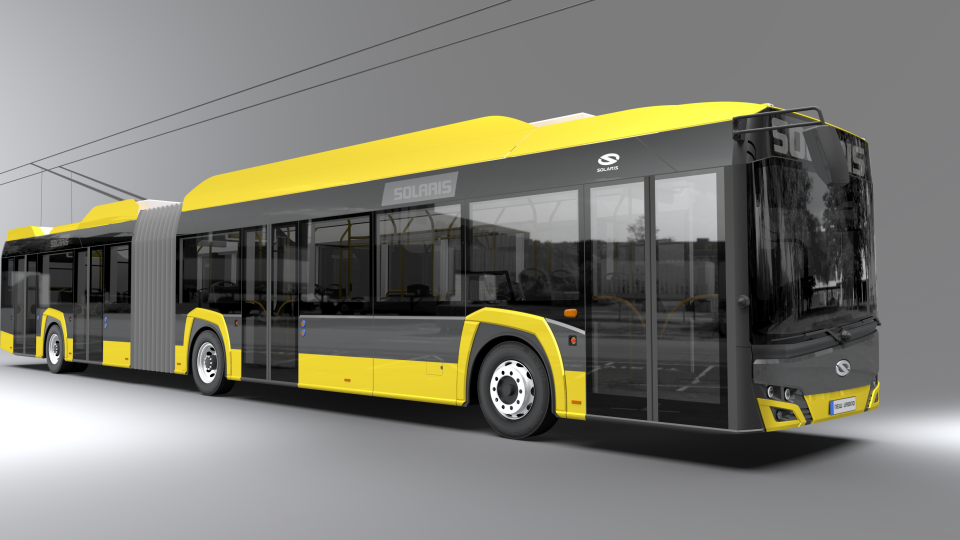New tram lines in Florence by 2026
by Stefano Alfano The Florentine tram network will reach Campi Bisenzio and Bagno a Ripoli. The Florence city council has approved the resolutions for line 3.2.1 (Piazza della Libertà, Bagno a Ripoli) and line 4 (Stazione Leopolda, Piagge, Campi Bisenzio); the first step is expected to be the call for tenders for line 4. The […]
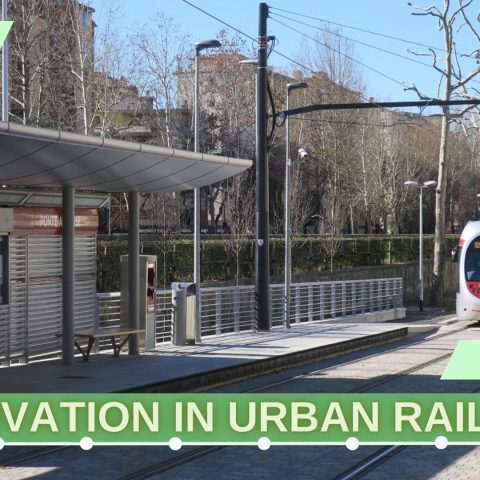
by Stefano Alfano
The Florentine tram network will reach Campi Bisenzio and Bagno a Ripoli. The Florence city council has approved the resolutions for line 3.2.1 (Piazza della Libertà, Bagno a Ripoli) and line 4 (Stazione Leopolda, Piagge, Campi Bisenzio); the first step is expected to be the call for tenders for line 4.
The new lines represent the indispensable completion of Florence’s tram network, managed by Gest, a network that is increasingly becoming a strong element of mobility in the Florentine area.
Line 3.2.1 to Bagno a Ripoli will be 7.2 km long and will include 17 stops, extending to the south-east of the city. Line 4, on the other hand, will be about 12 km long, with 24 stops, and will complete the network of north-west Florence; from the stop of the T1 tram line at Porta al Prato, the line will run partly on the current site of the Florence-Empoli railway (which will cease rail service) to the current station at Cascine, and partly on its own newly built site.
For line 4, work is expected to begin by summer 2023, and is scheduled to 30 months. The line is to be put into operation by 2026, as envisaged by the Pnrr, from which the resources for the Piagge-Campi Bisenzio section will come. The resolution approved the ‘strengthened’ technical and economic feasibility project for the Piagge-Campi Bisenzio section, which will allow access to the tender for the integrated contract (final design, executive design, construction of the work) for the entire Line 4, from Stazione Leopolda to Campi Bisenzio.
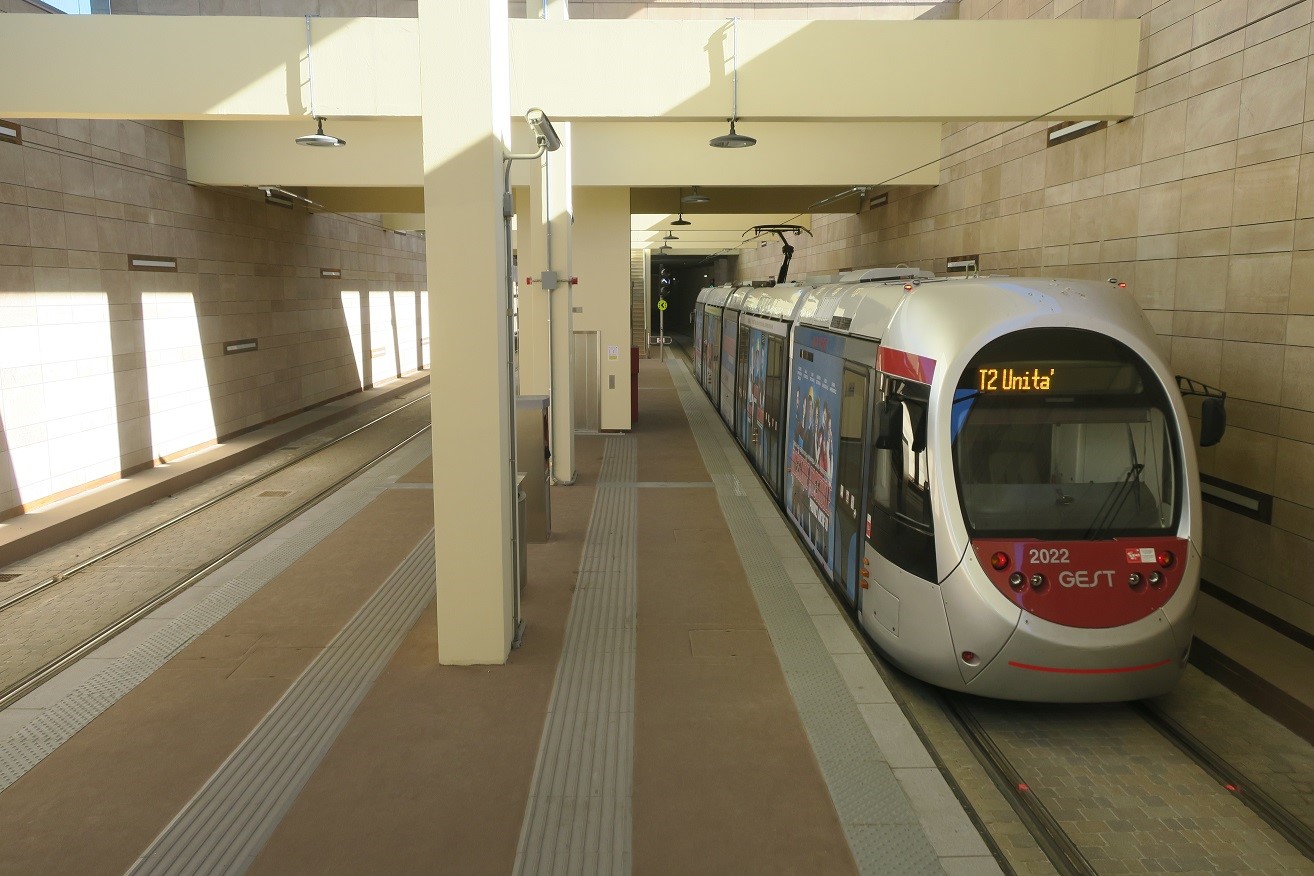
Photo Credit: A. Pedretti
Completion of Florence’s tram network
Line 4 will be followed by the 3.2.1 line to Bagno a Ripoli, whose project has already been approved by the council on 19 October and by the city council on 7 November; the planned interchange car park, at the request of the municipality of Bagno a Ripoli itself, can be managed as a specific contract by the municipality.
The projects are not only a solution for improving public transport, but also an unmissable opportunity for urban regeneration and increasing sustainable mobility; in addition to the new bus stops, with new bus shelters and pavements for level crossing, new green areas and the planting of hundreds of trees are planned, as well as the construction of cycle paths, interchange car parks (in particular at the junction of the Indiano viaduct) new bus stops and major road works between Via Pistoiese and Via Fratelli Rosselli, in order to reduce traffic volumes on routes such as Via Pistoiese and Via Baracca, with a high vehicular load, and to create safe access to Cascine Park. On the other hand, the provisional depot at Piagge will not be built, but will focus directly on the new Campi Bisenzio facility.
For line 4 , a reduction of at least 10,000 cars per day is expected, and a saving of at least 5,000 tonnes of carbon dioxide. The own seat will allow high commercial speeds and certainly reliable journey times, as is already the case for the T1 and T2 lines, inaugurated in 2010 and 2019 respectively, whose positive operating results have exceeded all forecasts. Florence’s tram network has managed to combine the best resources of the tram, which if placed on axes in its own seat and without crossings can really give its best. The success with the public has been significant right from the start, and the Sirios supplied by AnsaldoBreda work at full capacity for 19 hours a day; for both lines now in operation, crossings take place every 4-5 minutes from 6.30 am to 8.30 pm, then every 10 minutes until 11.30 pm and every 10 pm until 0.30 am. The data alone explain the importance of the service, which intercepts poles such as the Santa Maria Novella railway station, the Careggi hospital and the airport. In addition to a sustainable and reliable service, the tramway is also an opportunity for urban redevelopment, with the recovery of disused areas and the usability of other areas that are currently little used by citizens.


